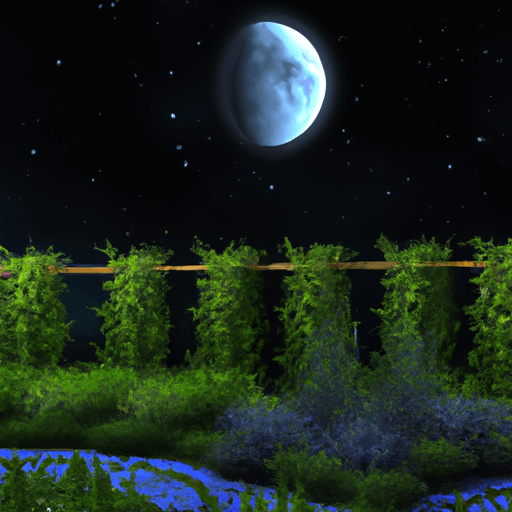The Impact of Lunar Phases on Gardening: Myths and Realities
Despite ancient beliefs and folklore positing the Moon's various phases influencing plant growth, modern science offers a broader and more complicated view. From time immemorial, the moon has been an enigmatic figure that not only captivated humans' imagination but also influenced their everyday life. Its effects on agriculture, particularly plant growth, are one such aspect that was held close in folklore and ancient beliefs.
Ancient Lunar Agricultural Practices
The practice of lunar gardening goes way back to ancient civilizations. The ancients observed cyclical changes in nature and attributed them to the movement or phases of the moon. Planting, tending, and harvesting were done with the waxing and waning of the moon.
Modern Scientific Understanding
Although there is a lack of comprehensive scientific proof to back these beliefs, it is not entirely dismissible. Science acknowledges the moon's effects on various earthly phenomena, such as tidal patterns. However, its influence on plant life and gardening is considered to be a subtle one, if at all.
Facts, Myths, and the Complex Interplay
Challenging the validity of lunar gardening brings us to a crossroads of myth and reality. While modern understanding does not fully endorse lunar gardening's claims, it does not dismiss them entirely either. The subtle impact of lunar phases on water content in plants is recognized, which may indirectly affect plant growth.
Implications of Lunar Phases on Gardening
One of the key concepts of lunar gardening is planting and harvesting in sync with the moon’s phases to stimulate plant growth and yield. The gravitational pull is thought to affect plant types, growth cycles, and the overall health of the garden.
The Relevance of Lunar Gardening Today
Whether lunar gardening is a viable technique in today's agricultural practices can be subjective. Its relevance varies based on individual experiences, beliefs, cultural contexts, and the nature of the farming practices in question.
Current Global Studies and Research Findings
A few studies have explored this phenomena, but the results lack concrete validation. Moreover, the sheer complexity and numerous variables involved in plant growth add to this ambiguity. It's a field that still warrants rigorous scientific exploration to ascertain the extent of the moon's influence on plant growth.
Conclusion: Myths and Realities
In conclusion, the impact of lunar phases on gardening presents a complex, intriguing blend of myths and realities. It's a topic where ancient agrarian beliefs intertwine with modern scientific understandings. Thus, Lunar gardening—part reality, part myth—is a curious, intricate facet of the broader human-nature relationship that merits careful, continuous study.
















Comments
Leave a Comment